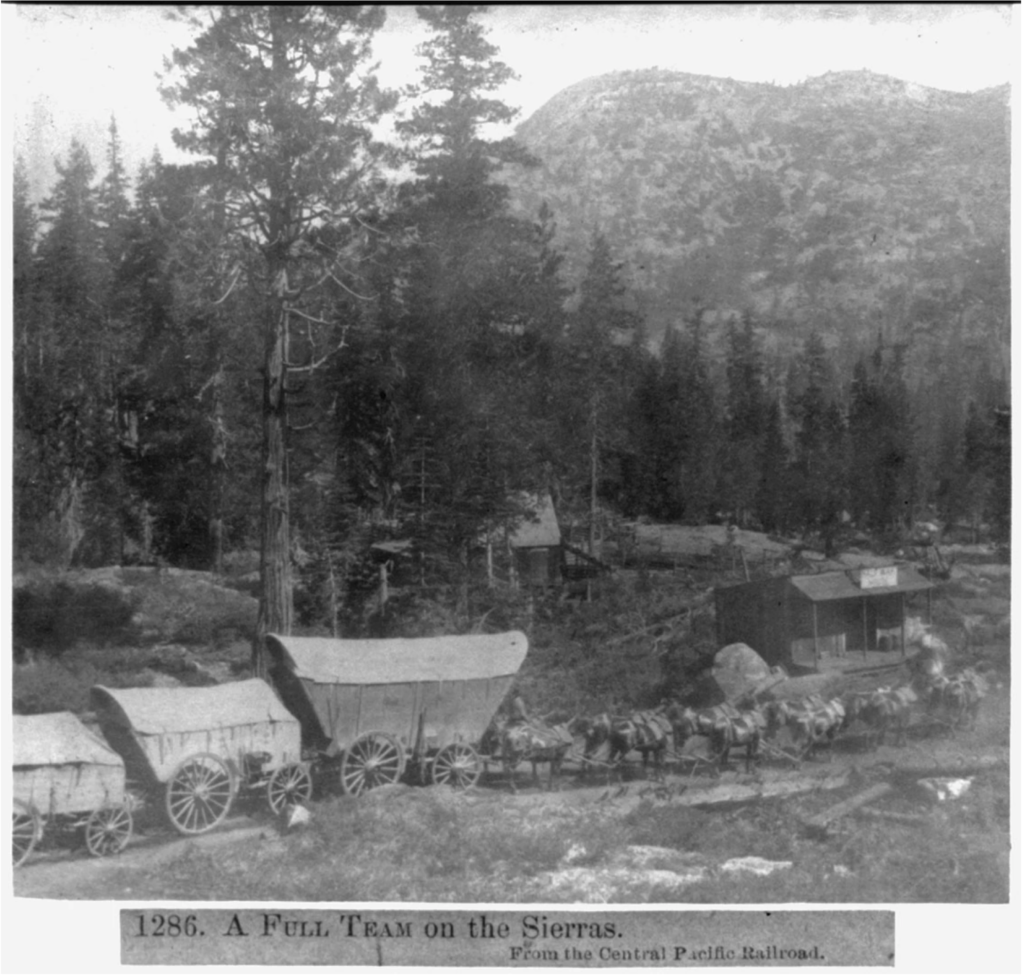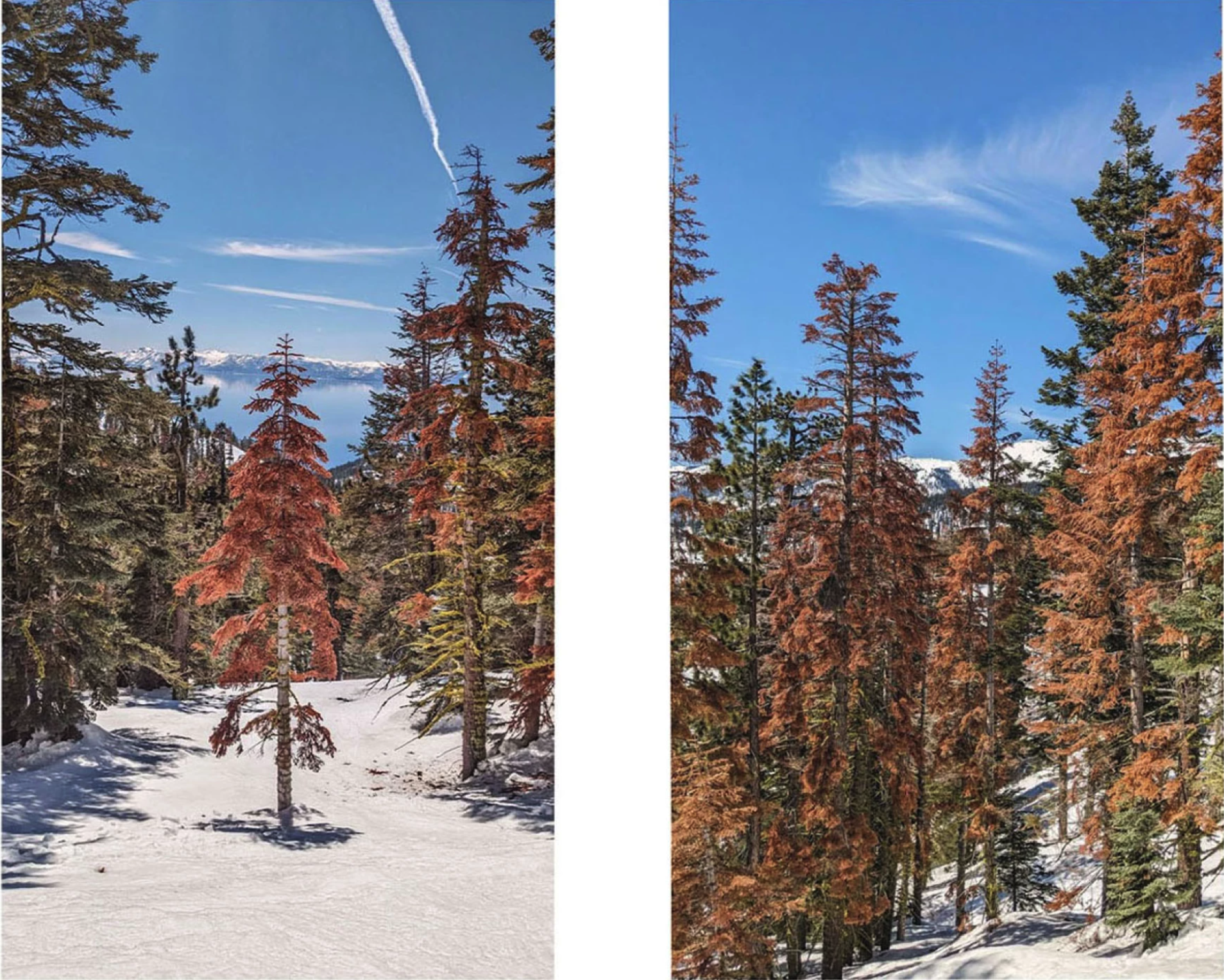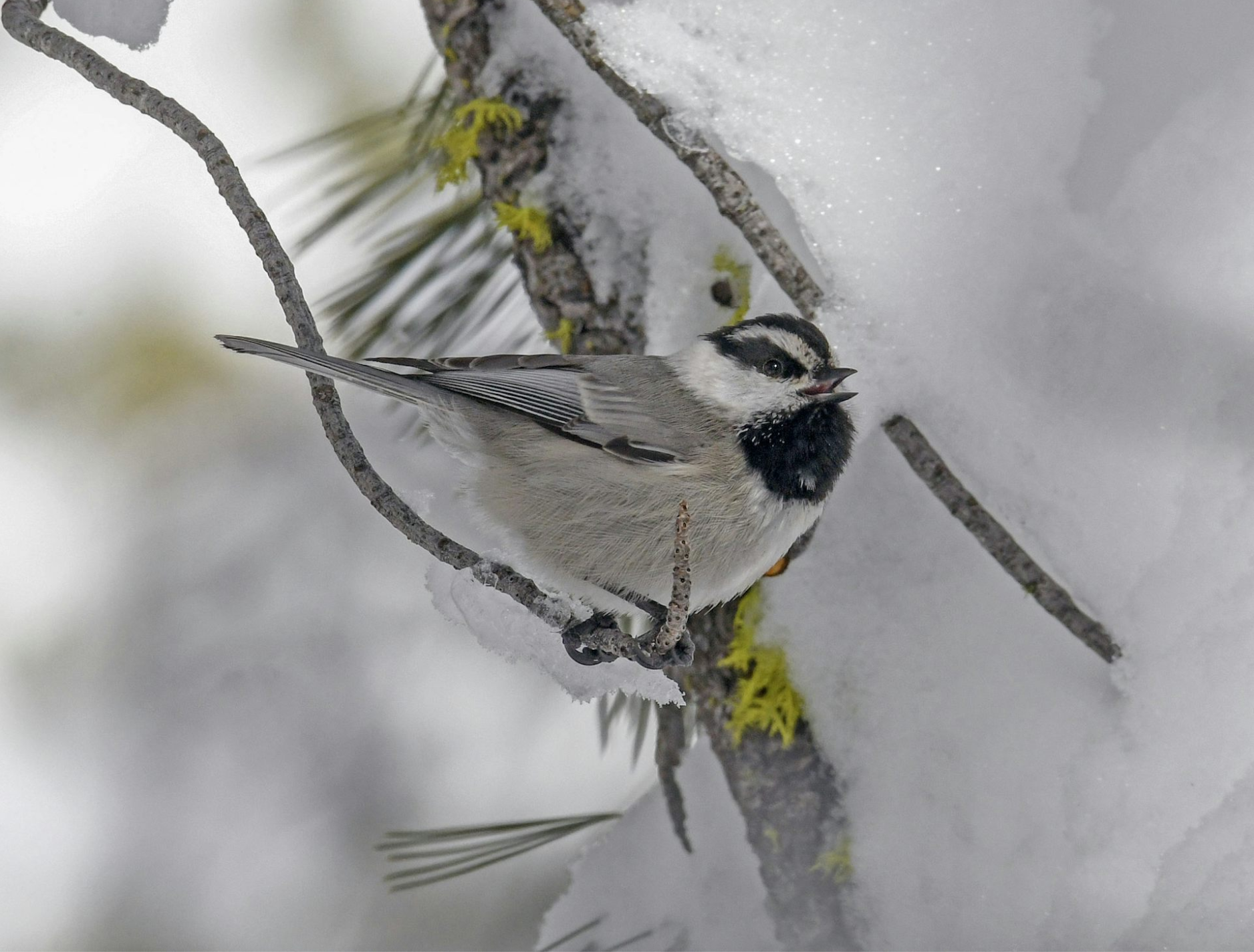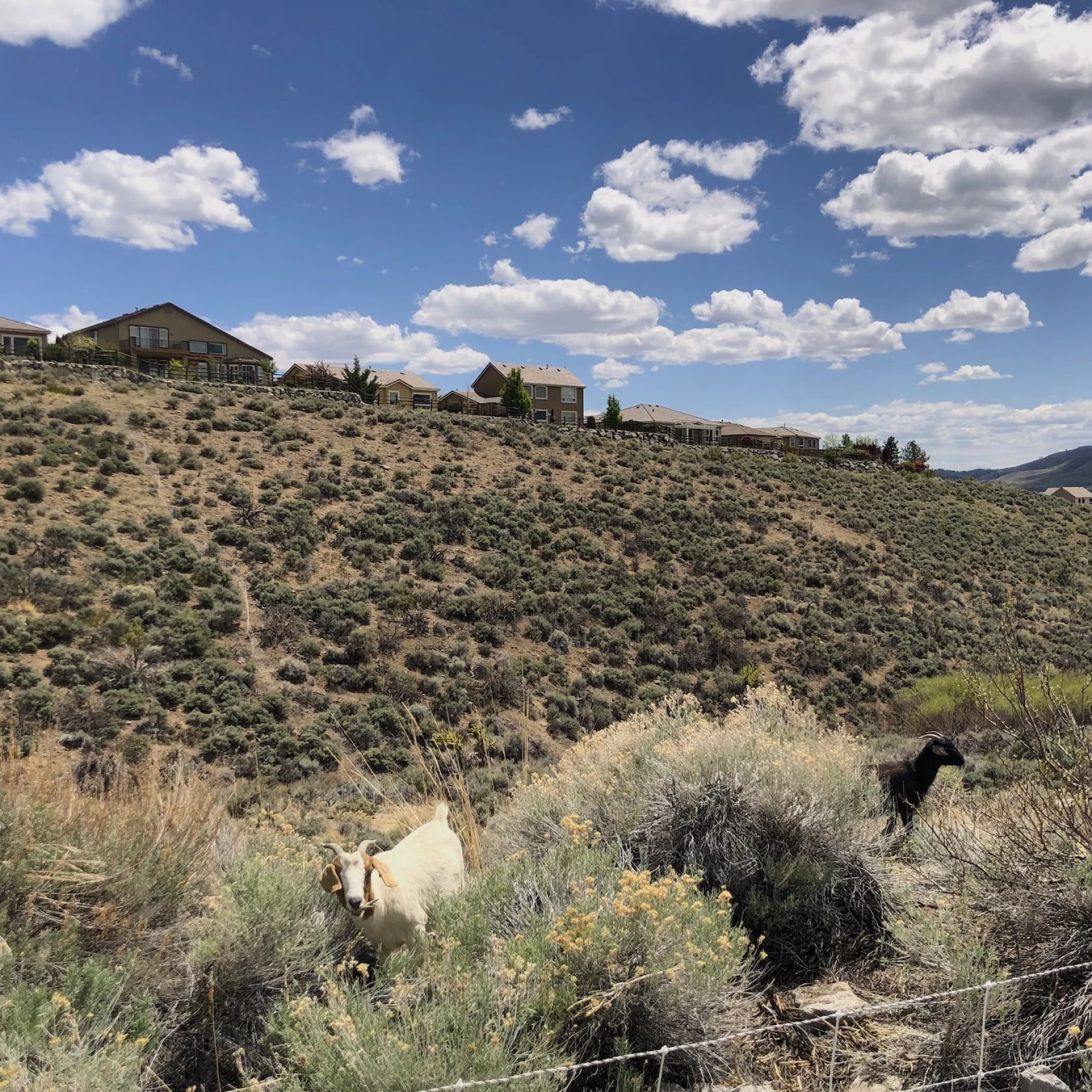This story was shared with permission from KUNR Public Radio. For an audio version of the story, please visit the KUNR website.
Some in the Tahoe Basin may see having a forest full of trees as a good thing. But after a certain point, too many trees can be detrimental to overall forest health, said Tahoe Fund CEO Amy Berry.
So how many is too many?
For the CEO of the environmental nonprofit, there are 22 million more trees than a healthy Tahoe forest should have.
“This is a total paradigm shift in the way people have to think,” Berry said. “For years it was ‘if you love nature, hug a tree.’ But for us in the Tahoe Basin, in the Sierras, really in the whole West, if we love the forest, we really need to lose a lot of our trees – or we risk losing all of our trees.”

Berry equates trees to straws in a cup, sucking up water and vital nutrients. And too many straws means not enough water for all the trees, which she recently wrote in an op-ed for the Tahoe Daily Tribune.
“We go through these four- or five-year drought cycles and the trees run out of water,” she said. “And then the bark beetles are better able to infest the trees and then they die. So if you look around our landscape, you’ll see lots of red trees everywhere. Red is dead, unfortunately. And so then you have kind of matchsticks sitting in the forest.”
According to Berry, overcrowded forests also increase fire danger, forcing flames up into the canopy of the trees. That can lead to catastrophic fires – like the 2021 Caldor Fire that burned almost 222,000 acres.
To better understand the issue, the Tahoe Fund has been working with Vibrant Planet, a science-driven software company that maps the forests of the Tahoe Basin with aerial imaging technology. The maps look at the height, density, and health of the trees.
Scott Conway, who worked in forestry in the Tahoe Basin for over 20 years and is chief resilience officer of Vibrant Planet, agreed that the forests are too dense.
“In fact, right now, we’re averaging 300 trees per acre, and historically, it was likely closer to 25,” Conway said.
For reference, an acre is close to the size of a football field.
Using 25 trees per acre as a reference point for what a healthy forest looked like before the forest was clearcut and underwent intense fire suppression, he calculated that there are about 22 million extratrees on the landscape today.
“We are not used to looking at what a healthy forest looks like,” Berry said. “If you want to picture what it used to look like, think about the old days when the 49ers came across the country, and they drove wagons through the forests. Can you imagine trying to drive a wagon through a Tahoe forest? You can barely ride a bike through a Tahoe forest.”

Berry and Conway are not proposing to remove 22 million trees, but they feel the information is important to gain a deeper understanding of the history of the landscape and the issues at hand. This information has already been shared with the U.S. Forest Service and local fire agencies, since they will ultimately decide how many trees to remove – and how.
“That’s why we are helping folks identify opportunities to thin out forests,” Conway said.
Berry said that can be done through prescribed burns, mechanical wood-chipping and selective logging. The tree overpopulation didn’t happen overnight – and Berry admits the solutions will also take time to have an impact as well.
Still, she is looking forward to the opening of a new sawmill in Carson City, just 10 miles from the Basin – which will make removing lumber more sustainable and economical.
“When you have fewer trees, then each tree has more resources to thrive,” Berry said. “So more sunlight, more water, and then you end up with fewer trees, but bigger, healthier trees.”
Kat Fulwider is the 2023 fall intern for KUNR and the Hitchcock Project for Visualizing Science.






